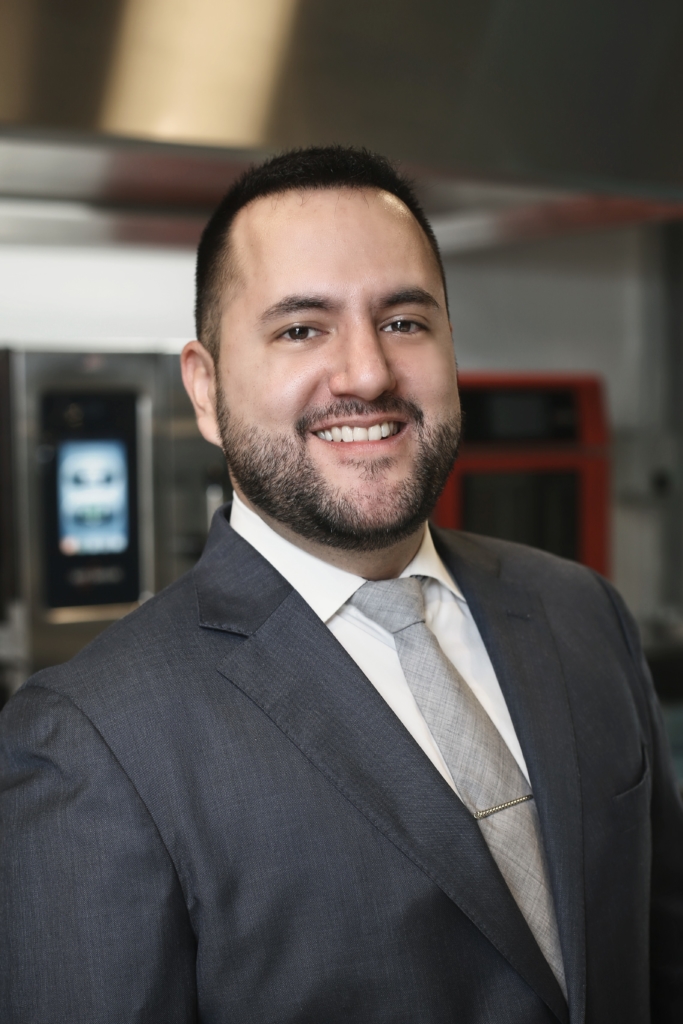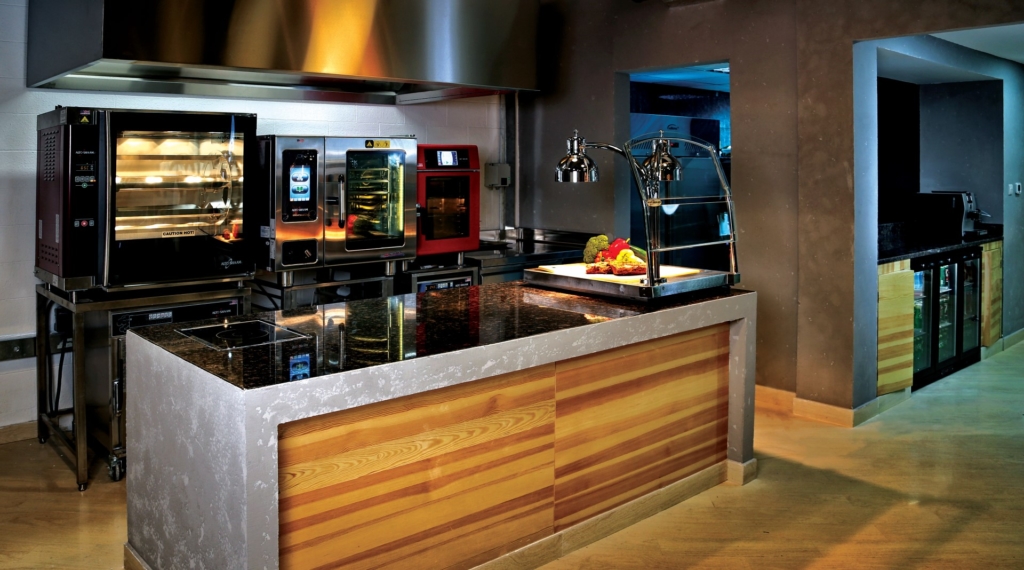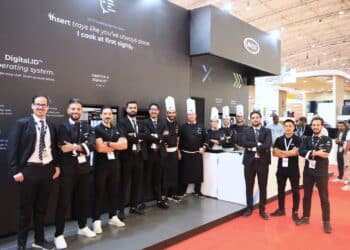
Alto-Shaam Director for the Middle East & Africa Gabriel Estrella Talentti tells us more about how changes in consumer behaviour and wider global trends are impacting food service equipment design.
In recent years, global consumers have become more adventurous about trying new cuisines and expanding their palates. As consumers learn more about their food, and demand healthier options, they hold the industry to an even higher standard than before.
By 2020, the food service market in the GCC is projected to add AED 190 billion total (AED 14.7 billion annually). Just under a third of that growth (31 percent) will go to new units, 5,500 of which are expected to open in the next three years. If we take into consideration the anticipated increase in visitors with large-scale events such as Expo 2020, the UAE food service market could add an additional AED 23.5 billion by 2020.

Supermarkets and restaurants are adapting to meet changing tastes so that their food is as healthy, local and sustainable as possible for consumers. “In keeping up with the new type of consumers, the industry could continue to invest in proper chilling, cooking and food preparation equipment that enhances and maintains food quality,” says Talentti.
“The industry could also continue to promote healthier foods by using sustainable sourcing and clean ingredients, in addition to being more transparent with customers about what’s on their menu, nutritional information and how food is sourced and prepared for them. Dubai Municipality’s recently announced initiative stating that all Dubai restaurants must display the calorie content of all menu items by January 2020 is a good move towards encouraging healthy eating habits in line with the National Nutrition Agenda 2017-2021,” he adds.
Another critical issue for food is the need for it to be perfectly cooked, and often – in today’s fast-living environment – cooked quickly without sacrificing on quality. This, in turn is driving how catering and commercial kitchen equipment is designed. “Microwave assist”, which has had such an enormous impact when it was launched, solved the issue of speed, but not quality.
New oven technologies such as Vector, however, which uses Structured Air Technology, not only solve the problem of speed, but also quality, and with up to four independent chambers capable of cooking multiple food items, food production is much greater.
Equipment manufacturers have other challenges to overcome, such as whether equipment is vented or ventless. This is often dependent on the environment in which the equipment is installed, and the space available. Kitchens are getting smaller, but the demand for high quality, high volumes of food is only getting bigger.
“Furthermore, there’s a particular trend towards ventless equipment as operators are looking to do more with less space, and save on installation and operating costs. The more multi-functional the equipment, the less hardware required, which saves space and streamlines the flow of the kitchen to the operator’s advantage,” explains Talentti.
Moreover, visual prompts are increasingly being used to overcome the problem of language, a trend that’s likely to continue. The equipment is increasingly interconnected, allowing new recipes to be uploaded, and performance to be remotely reported and monitored.
The demand for increased health and safety is another driver, with manufacturers designing equipment on the basis that every accident is preventable. Physically, this means things like triple-panel glass doors that are cool to touch, and technology that automatically evacuates the oven cavity during the final cooking stage significantly reducing the risk of steam burns.
New designs also enable health and safety executives and their regional equivalents to pull data from the equipment in the event of an accident or any incidents, recording the temperature, cooking time, date, etc. in the event of a claim being made against them.
On a different level, kitchen equipment isn’t only “back office”, sometimes it’s very much “front of house”. This is prompting manufacturers to look at the aesthetics of their designs, giving them less of an industrial “feel”.
It’s not simply our changing eating habits, or our fast-moving lives, that are impacting the food industry and food preparation equipment design. There’s a shortage of foodservice industry human capital all over the world. The number of skilled workers available is decreasing, and the challenge is one that’s likely to become more acute.
Across the GCC, Nationalisation programmes are in place to encourage locals to take up positions across a variety of industries, including foodservice. “We’re seeing a growing number of upcoming chefs inspiring youth to look at a career in the foodservice industry,” says the director.
“We’ll never be able to fully automate quality assurance. Human input will always be integral, especially that technology may sometimes fail. The objective is to create solutions that make processes far more efficient and effective in reducing quality issues, while delivering products faster than traditional methods. Apart from the adventurous consumer, there’s still sizeable demand for products that are brought up organically and responsibly.”
Talentti believes that the demand for healthier food options is an opportunity for the industry. “For the past few decades, Quick Service Restaurants (QSR) have been taking over the world by offering good quality quick meals at low cost, but the rise of the millennial population gave rise to key questions on healthy eating,” he says.
“Since they’re the biggest consumer group globally, the industry has to listen and answer. This is changing the way we eat as companies must now be accountable for providing sustainably produced or organic products and vegan options. This has put a lot of pressure on food service establishments as they now need to change their strategy to fit the need of these consumers. Until recently, Burger King had been the only global QSR chain that introduced a vegan burger option. I think more and more companies will find themselves in a similar position: offer what the consumers are demanding or risk failing,” says Talentti.
As consumer behaviours and the needs of the foodservice industry continue to evolve, so too will manufacturers, adapting to meet their needs.



































































